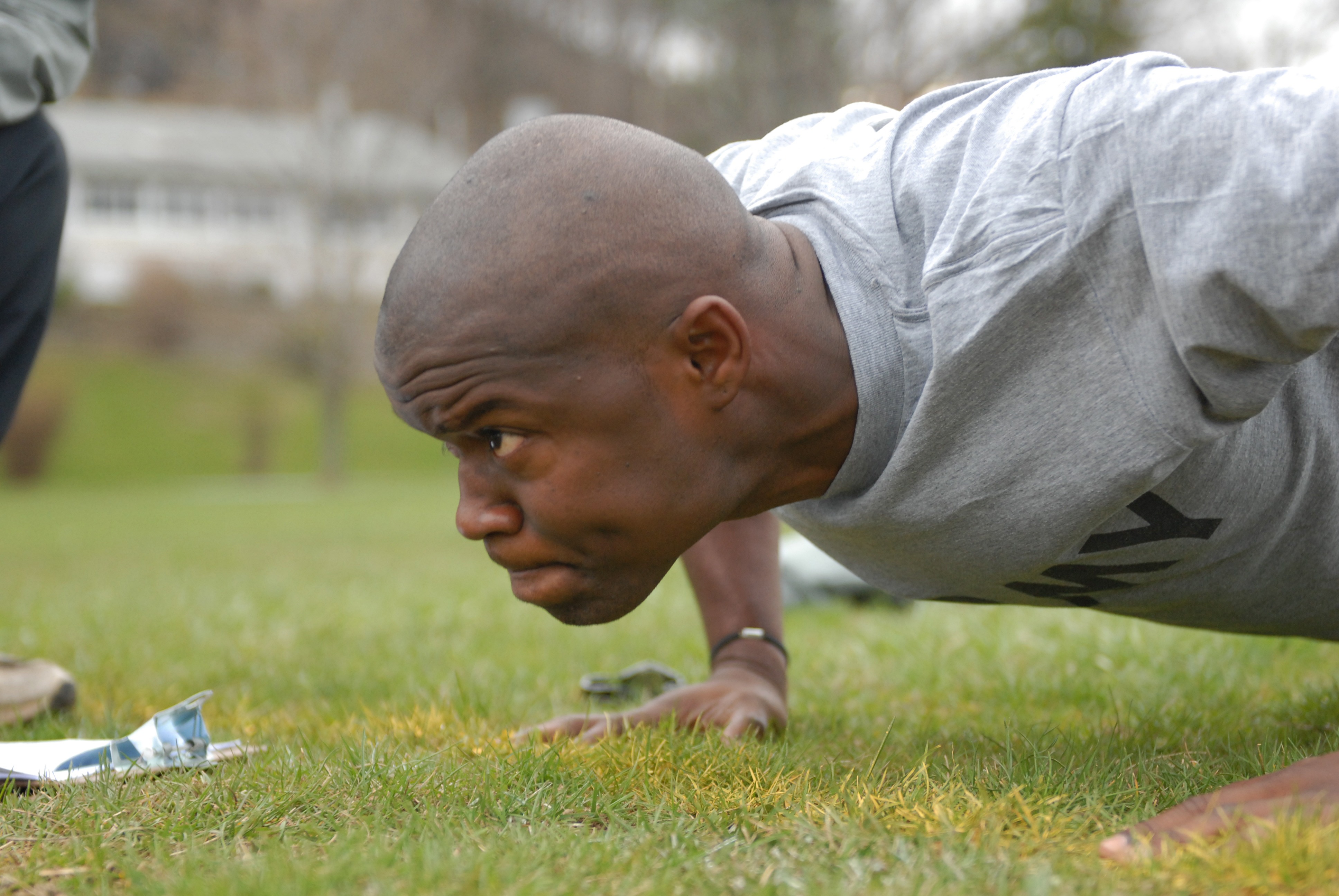Why do we get tired during exercise? No matter what type of exercise that you engage in, fatigue happens. You can’t lift as much weight, you can’t do as many repetitions, your speed suffers, you can’t jump as high, your legs feel like Jello, no matter what type of exercise you do you can relate to this concept. So what happens when we get tired?
There’s a lot of theories that sound really good about why we get tired. Maybe we run out of fuel? Maybe there is such a huge amount of metabolic waste products built up that they interfere with the ability of our muscles to work! There could also be safety mechanisms in place that shut us down at a certain point. Or maybe it’s just all in our head.
St. Clair Gibson et al, in a 2001 article, did a literature review of fatigue. They begin their review by covering what is “known” about isometric actions and fatigue. Basically, during submaximal isometric actions the nervous system recruits more motor units to counteract the effects of fatigue. But, during maximal isometric actions the motor units may reduce their firing rate, which leads to a decrease in the amount of force that can be produced. The authors postulate that this may be more likely (during isometric contractions) than substrate depletion. But, there’s a lot the authors (and researchers cited) don’t know and most of this is guess work.
The authors then take a look at the effects of fatigue on sprinting. They note that power output in repeated sprinting efforts drops off immediately after the first sprint and that it does not correlate with substrate depletion, suggesting that there is a neural component.
Next is a discussion of maximum intensity endurance exercise. This is interesting because the authors’ thoughts run counter to what most of us were taught in school. The authors don’t feel that maximal oxygen consumption relates to fatigue. They point out that the muscles are never more than 70% deoxygenated during maximal endurance exercise. Rather, they feel that the nervous system has a protective mechanism that is causing fatigue to prevent heart damage. In other words, exercise is terminated by the brain before a heart attack can occur when we reach the maximum working capacity of the heart.
Let me summarize the points that are interesting and then I’ll put my own thoughts in here:
- During submaximal isometric contractions, we recruit more motor units to counteract fatigue
- During maximal isometric contractions, fatigue causes us to reduce the frequency of motor unit firing
- Power output decreases during repeated sprinting efforts don’t correlate with substrate depletion and are not linear
- The muscles going “anaerobic” during maximal aerobic exercise doesn’t seem to describe why we fatigue there
Now, there are some challenges here. There are major holes in the arguments. For example, we tie three threads together. First, there is alteration in motor unit activity during isometric fatigue. Second, sprinting fatigue is independent of substrate depletion. Third, muscle oxygenation doesn’t seem to be the cause of aerobic exercise fatigue. These are tied together into the postulate that there is a central (i.e. brain) mechanism that is causing fatigue in order to protect the body from harm. But we have no measurements of this, no images of this, it’s a theory that is almost a leap of faith and it’s probably one that whole careers are tied up in. I’m not saying it cannot happen, I just cannot see the link based on the article that I read.
If this is all true then it seems to suggest that fatigue is all in our head!
St. Clair Gibson, A., Lambert, M.I., and Noakes, T.D. (2001). Neural control of force output during maximal and submaximal exercise. Sports Medicine: 31(9): 637-650.



